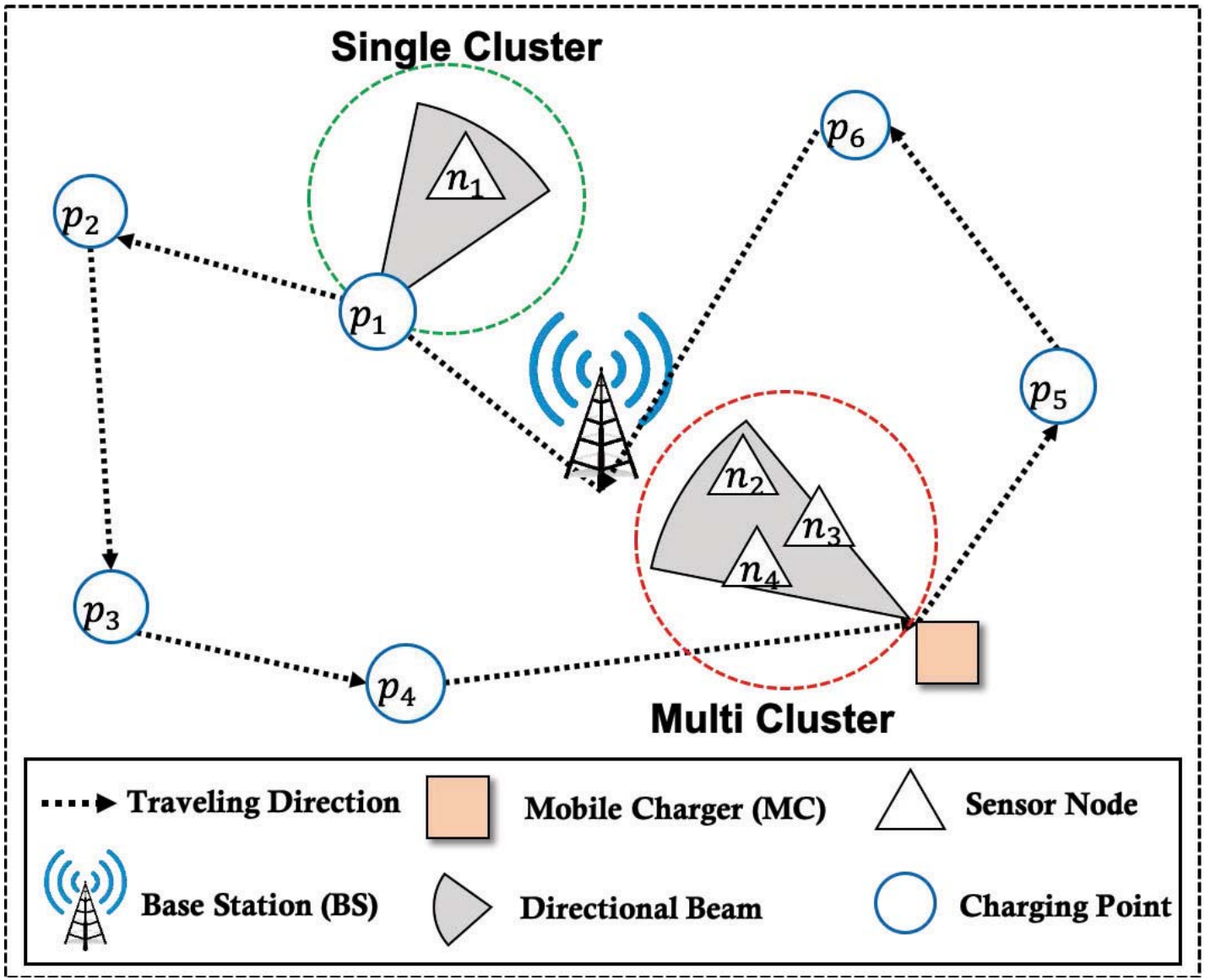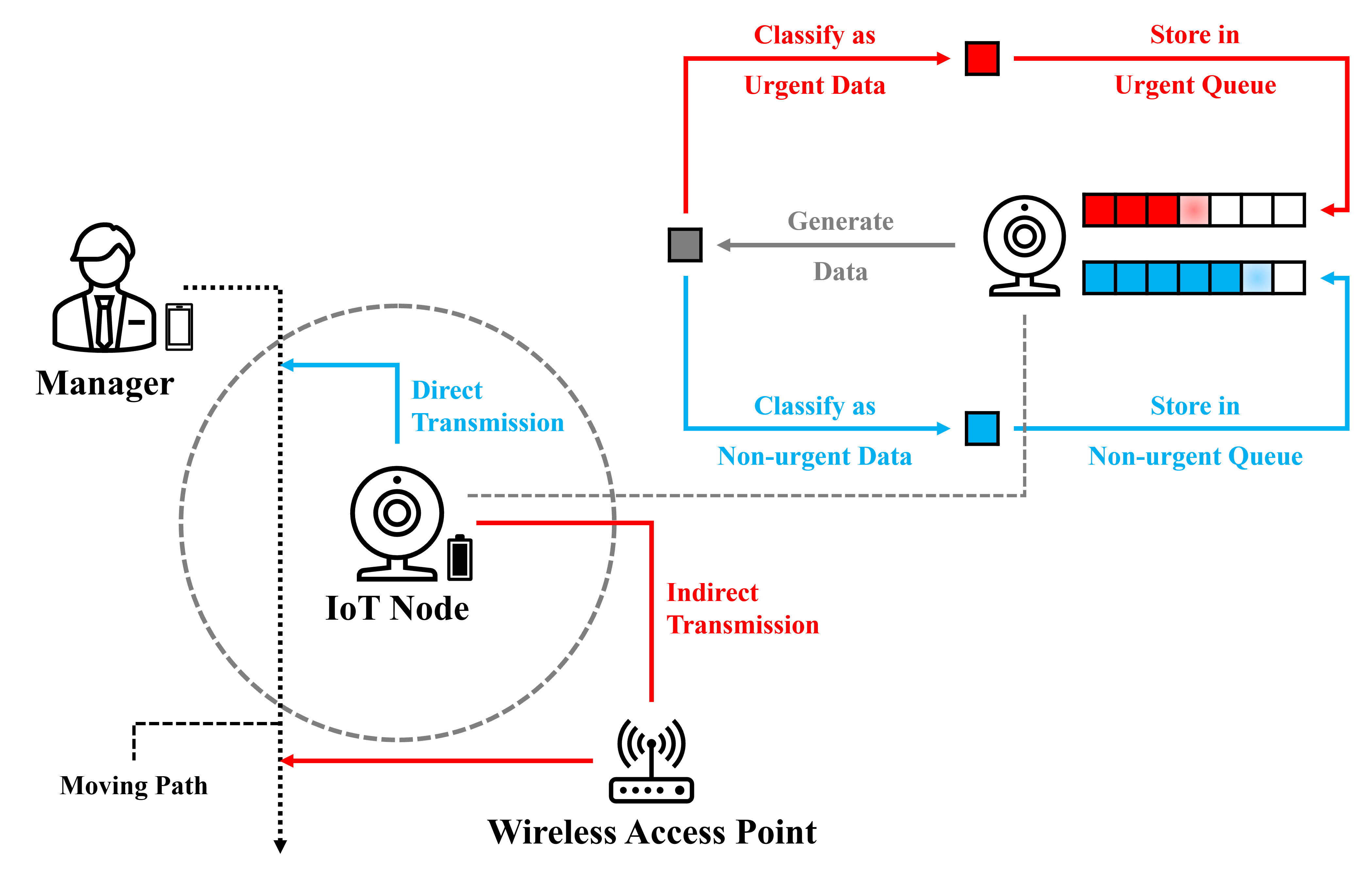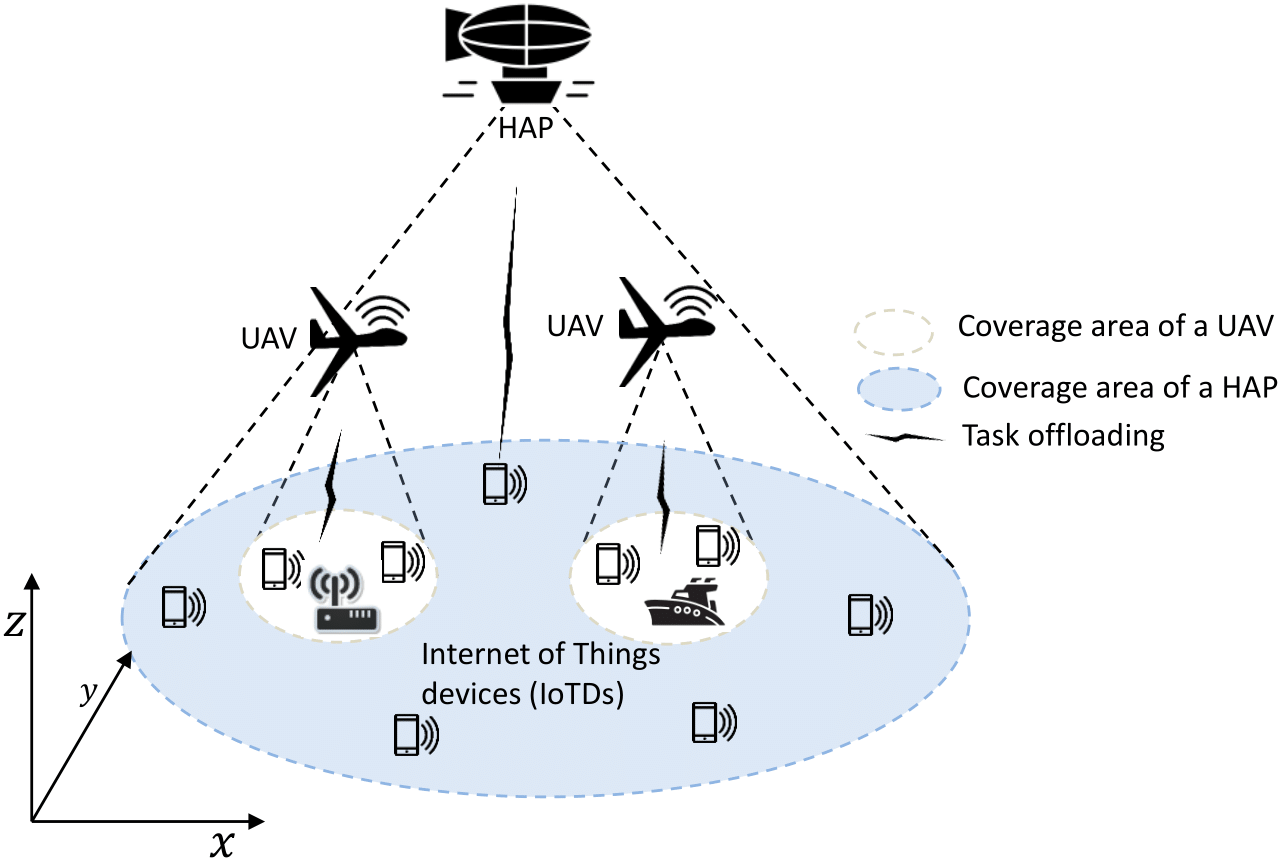|
 |
 |
|
 Anh Tien Tran Anh Tien Tran |
 Dongwook Won Dongwook Won |
 Junsuk Oh Junsuk Oh |
|
|
|
 |
 |
 |
|
| Internet of Things |
| The basic premise of the IoT, enabled by the latest developments in RFID, smart sensors, communication technologies and internet protocols, is that smart sensors collaborate directly without human intervention to provide a new class of applications. The revolution of internet, mobile and device-to-device (D2D) technologies can be seen as the first step towards IoT. In the future, IoT is expected to connect a variety of technologies that enable new applications by linking physical objects together to support intelligent decision making. To achieve IoT, IoT networks must be sustainable and reliable. |
 |
|
|
|
| Intellectual Merits and Broader Impacts |
| (1) IoT Sustainability |
| (2) IoT Reliability |
| (3) IoT Computing Capacity |
| (4) Broader Impact |
|
|
|
|
| (1) IoT Sustainability |
| Smart factories, vehicles, and cities increasingly use rechargeable IoT networks for communication. A distinct advantage of rechargeable IoT networks is that they can be placed in remote, inaccessible, or even biologically or chemically contaminated areas for communication, surveillance, and reconnaissance in military and environmental applications. However, the potential of these networks is restricted by their reliance on limited energy sources like batteries, which can impede their smooth functioning. |
|
|
| Energy-efficient Wireless Directional Charging Algorithm |
| The primary challenge of IoT is to effectively charge and maintain the batteries of the IoT nodes in the network. The charging efficiency plummets as the charging distance increases. Therefore, single charging is more energy-efficient than multicharging as it can charge a IoT node at a closer range. However, when multiple nodes are present, multicharging may achieve higher efficiency. |
| We introduce the EEADC framework with the aim of maximizing charging efficiency while adhering to the maximum energy capacity of the charger. |
 |
|
|
|
|
| (2) IoT Reliability |
| Due to the limited battery capacity of IoT nodes, maximizing the network lifetime by minimizing their power consumption is the most critical challenge. Therefore, to address this challenge, various approaches have been proposed. However, these approaches are not suitable in some industrial environments, such as a factory, where all IoT nodes are in the range of wireless access points (WAPs). To this end, duty cycling mechanisms that turn the radio module on/off to reduce the power consumption of the IoT node are suitable in the above environment. |
|
|
| Distributive Adaptive Communication with On/Off switching and Dual queuing for Energy efficiency Mechanism |
| In the monitoring application, for the factory problems such as gas leakage, the basic purpose is to rapidly detect and troubleshoot. At this point, to reduce power consumption, if the IoT node belated transmits some data, which can figure out these problems, it may bring severe situations such as casualties or property damage. |
| Therefore, we introduce a Distributive Adaptive Communication with On/Off switching and Dual queuing for Energy efficiency (DACODE) as a novel asynchronous duty cycling mechanism. |
 |
|
|
|
|
| (3) IoT Computing Capacity |
| Aerial access networks, comprising a hierarchical model of high-altitude platforms (HAPs) and multiple unmanned aerial vehicles (UAVs), are considered a promising technology to enhance the service experience of Internet of Things devices (IoTDs), especially in underserved areas where terrestrial base stations do not exist. In such scenarios, optimally orchestrating the limited computation, communication, and energy resources in both HAPs and UAVs is crucial toward for an efficient aerial networking infrastructure.
|
|
|
| Deep Learning Approach for Intelligent Offloading and Resource Allocation in Heterogeneous Aerial Access IoT Networks |
| We investigate and formulate the Joint IoTDs Association, Partial Offloading, and communication Resource Allocations (JAPORA) decisions problem in heterogeneous aerial access IoT networks to maximize service satisfaction for IoTDs, while minimizing their total energy consumption. |
| In particular, the formulated problem is transformed into a multi-agent Markov decision process to deal with its non-convexity and environmental dynamicity. To solve the problem, we propose a multi-agent policy-gradient-based deep actor-critic algorithm, named MADDPG-JAPORA, with centralized training and decentralized execution. |
 |
|
|
|
|
| (4) Broader Impact |
| The project is expected to pave the way for the development of technologies that can satisfy the quality of service (QoS) and quality of experience (QoE) requirements in various environments introduced by Industry 4.0, including vehicular networks, smart factory and home. The resulted technologies can provide sustainable and reliable services to users by extending the lifetime of a massive dense network as various devices are connected to the Internet. The research is able to exploit and demonstrate the efficiency and effectiveness of technologies that research and develop to solve non-convex problems in various IoT networks. |
|
|
|
 |
|
 |
 |
 |
|
 |
J. Oh, D. Lee, D. S. Lakew, and S. Cho,
"DACODE: Distributed Adaptive Communication Framework for Energy Efficient Industrial IoT-based Heterogeneous WSN,"
to appear in Elsevier ICT Express, 2023.
[PDF]
|
 |
D. Lee, C. Lee, G. Jang, W. Na, and S. Cho,
"Energy-Efficient Directional Charging Strategy for Wireless Rechargeable Sensor Networks,"
IEEE Internet of Things Journal, vol. 9, no. 19, pp. 19034-19048, October 2022.
[PDF]
[IEEE Xplore]
|
 |
D.S. Lakew, A.-T. Tran, N.-N. Dao, and S. Cho,
"Intelligent Offloading and Resource Allocation in Heterogeneous Aerial Access IoT Networks,"
to appear in IEEE Internet of Things Journal, 2023.
[PDF]
[IEEE Xplore]
|
 |
J. Eom, L. Park, N. N. Dao, S. Jang, Y. Kim, J. Lee, S. Cho "Using Social Internet of Things (SIoT) Demand Side Management on the Plant," in Proc. of ICUFN, Vienna, Austria, July 2016. [PDF] |
|
|
|
 |
|
|
|
|
|
